207 Blu-ray / Maurice Ravel: Maurice Ravel La Valse, Ma mère l’Oye, Tzigane, Boléro, Pavane
Description
It was already announced in the summer. Here is the first set of 5 audio Blu-ray discs from TACET. All the discs contain the tone in a high resolution of 24 bits / 96 kHz, both in stereo and in TACET Real Surround Sound (in accordance with the 5.1 Standard).
As on the SACD and DVD audio, this convincing and successful way of placing classical music around the listener - always providing fresh surprises anew - comes across to its very best advantage on this modern medium as well. The more complex the music is, the greater the gains in perception and listening pleasure that are provided by this Surround experience compared to customary recordings. With our Blu-ray discs, we are enabling still more customers to experience this pleasure.
Incidentally: the Blu-ray disc joins the TACET assortment as the fifth sound carrier alongside CD, LP, DVD audio and SACD.
5 reviews for 207 Blu-ray / Maurice Ravel: Maurice Ravel La Valse, Ma mère l’Oye, Tzigane, Boléro, Pavane
You must be logged in to post a review.

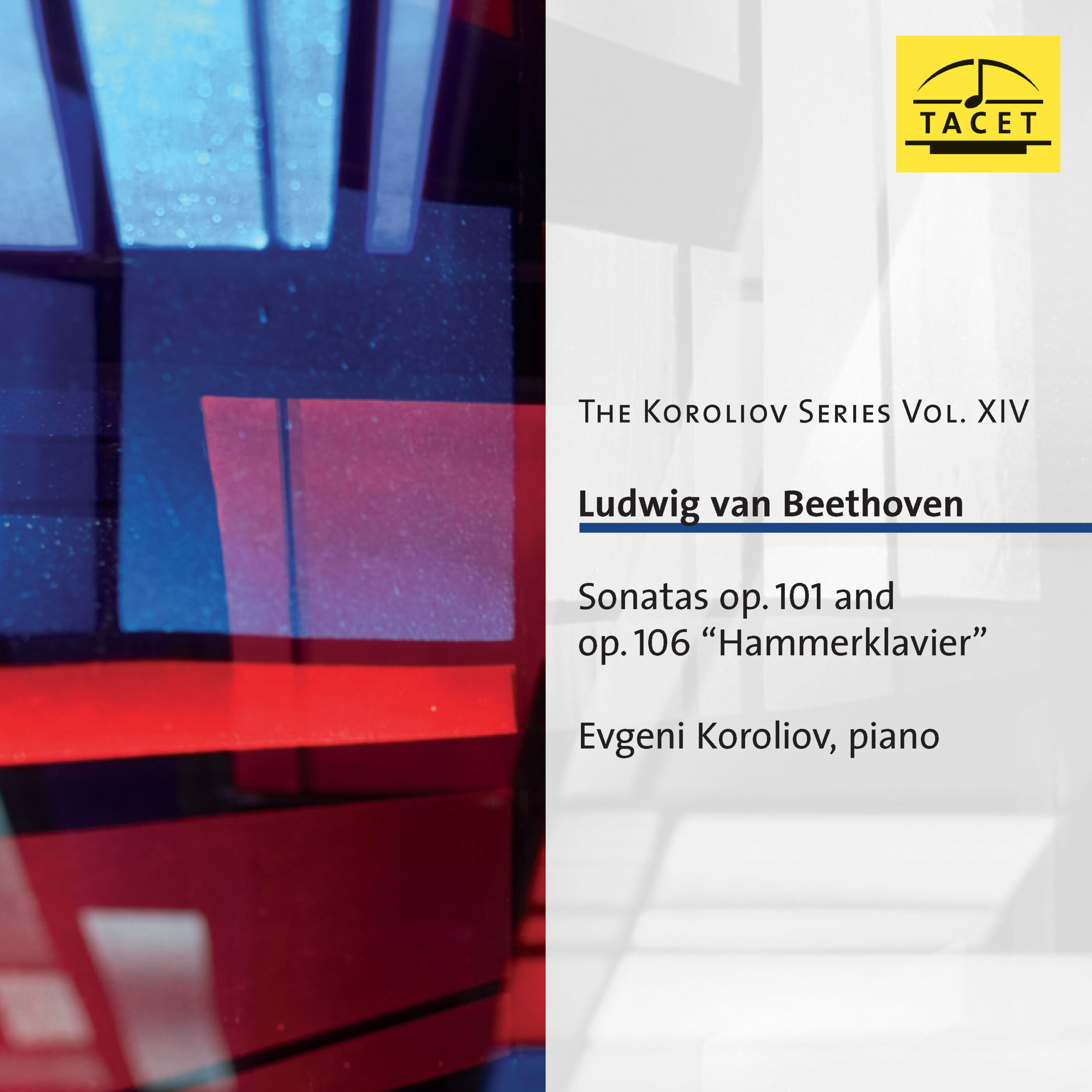
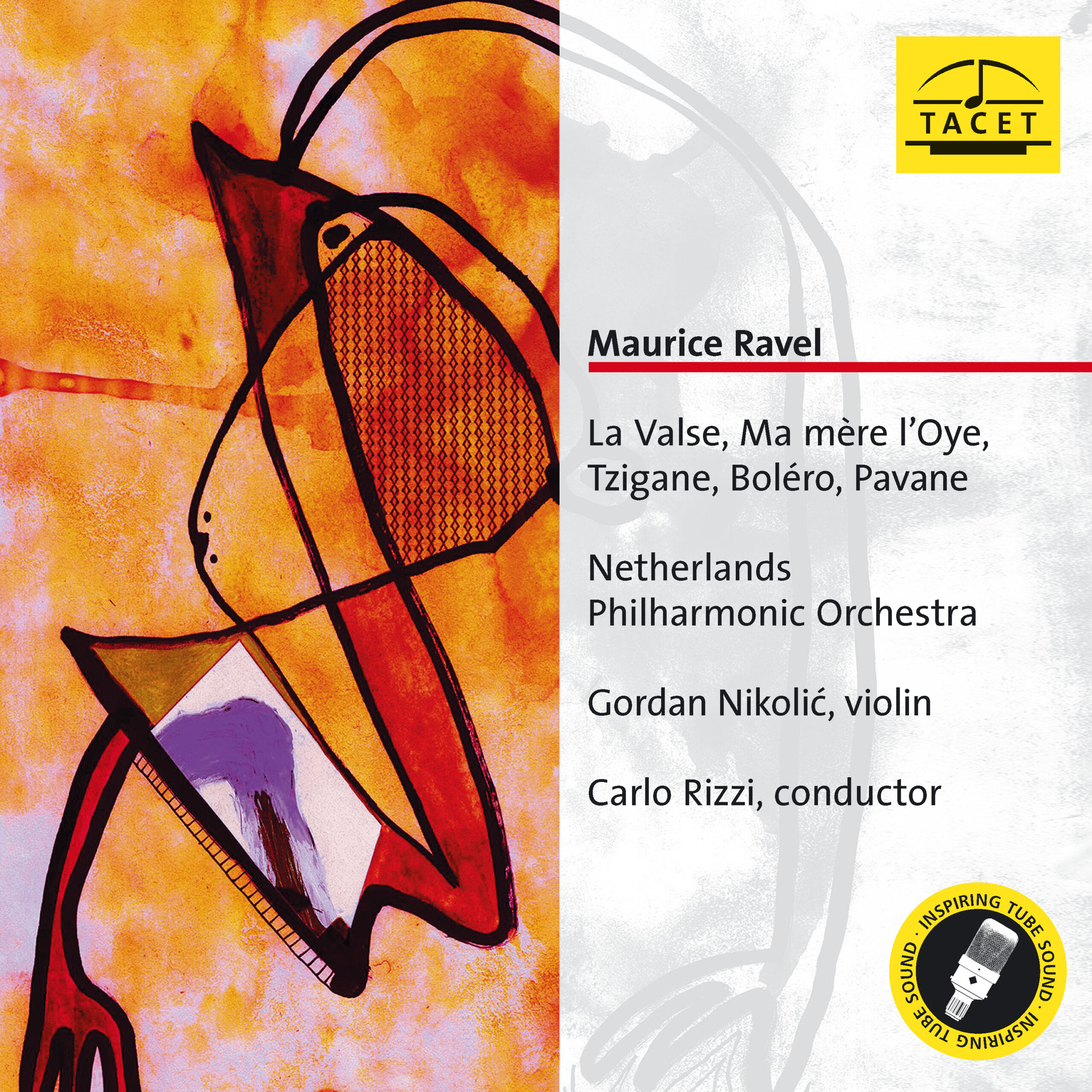
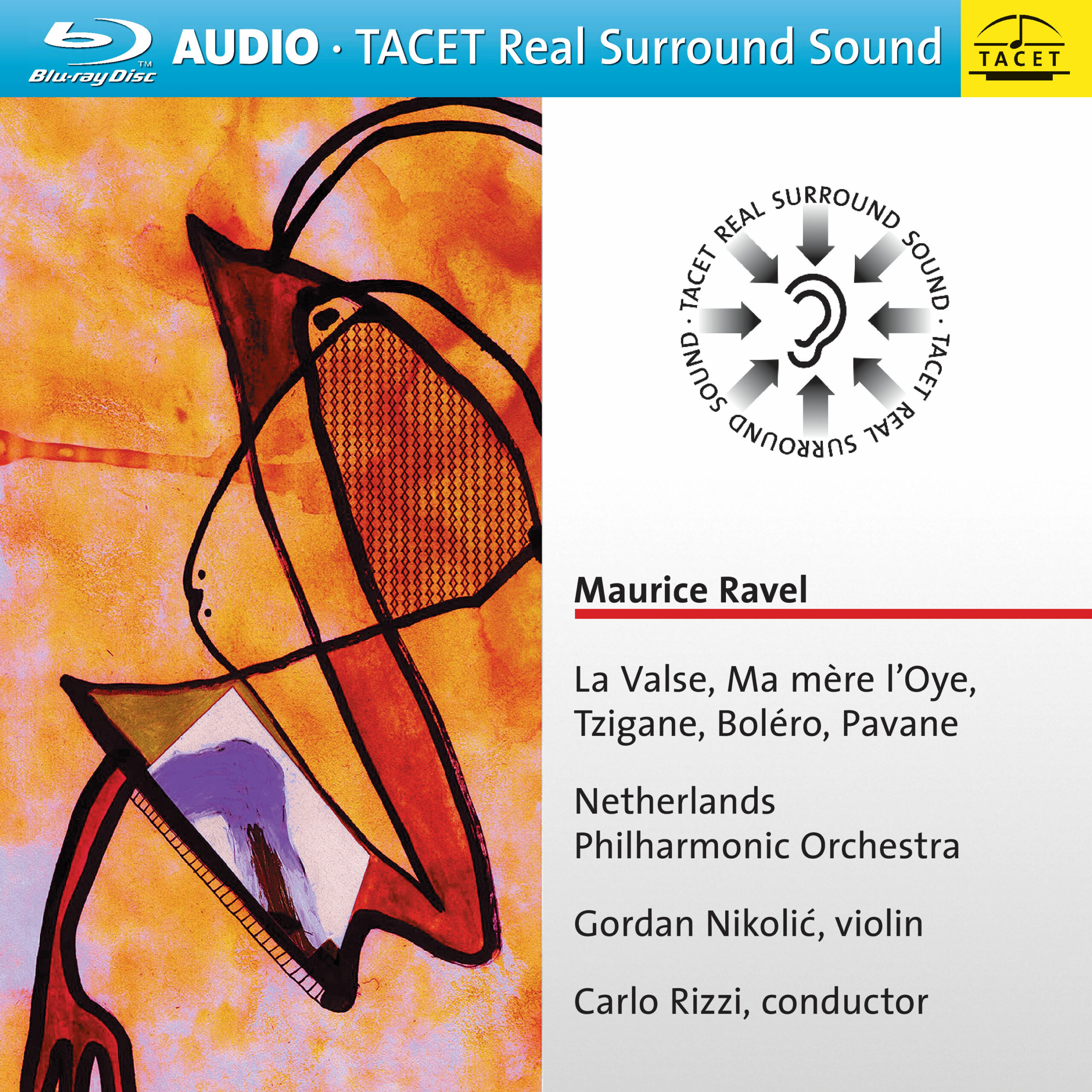
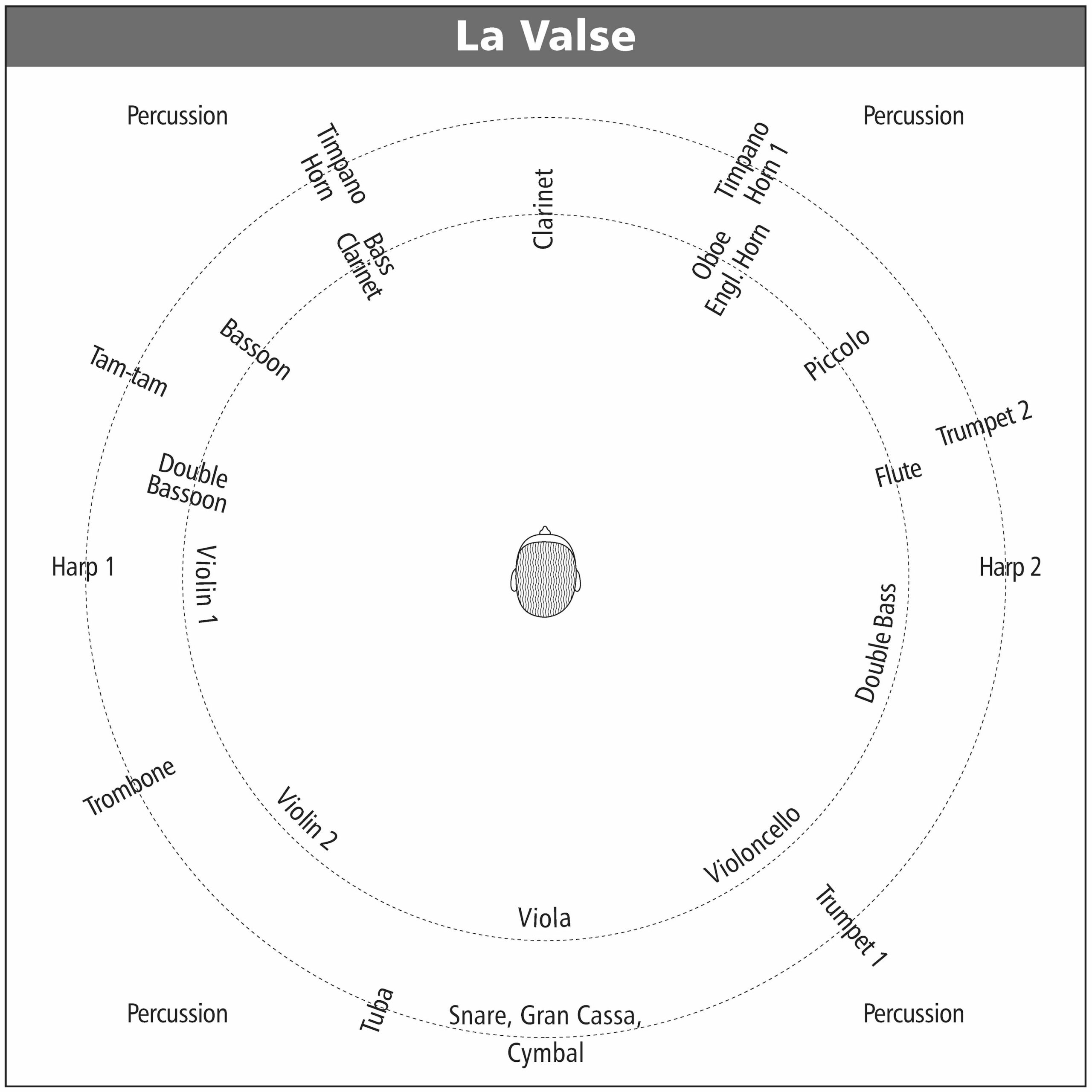
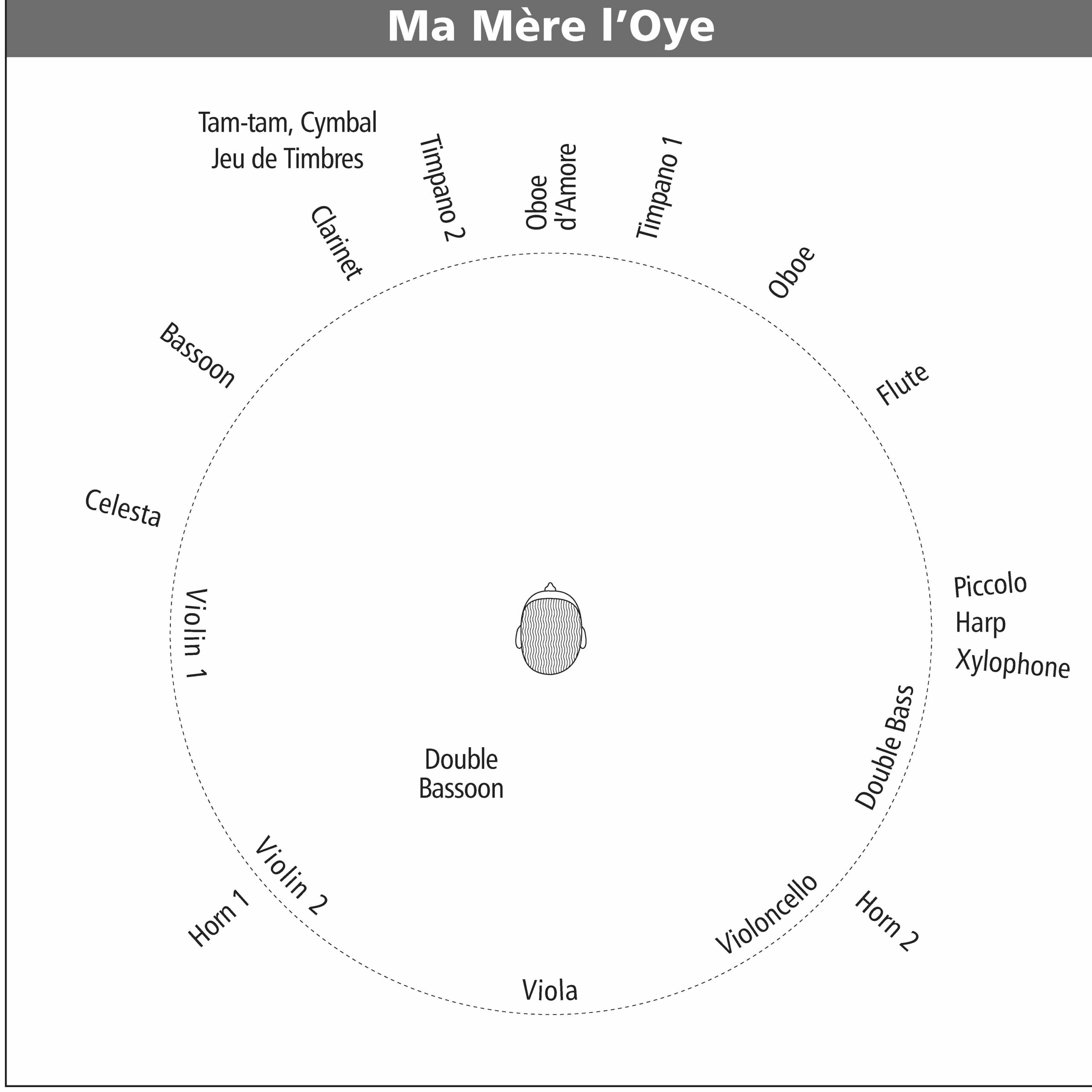
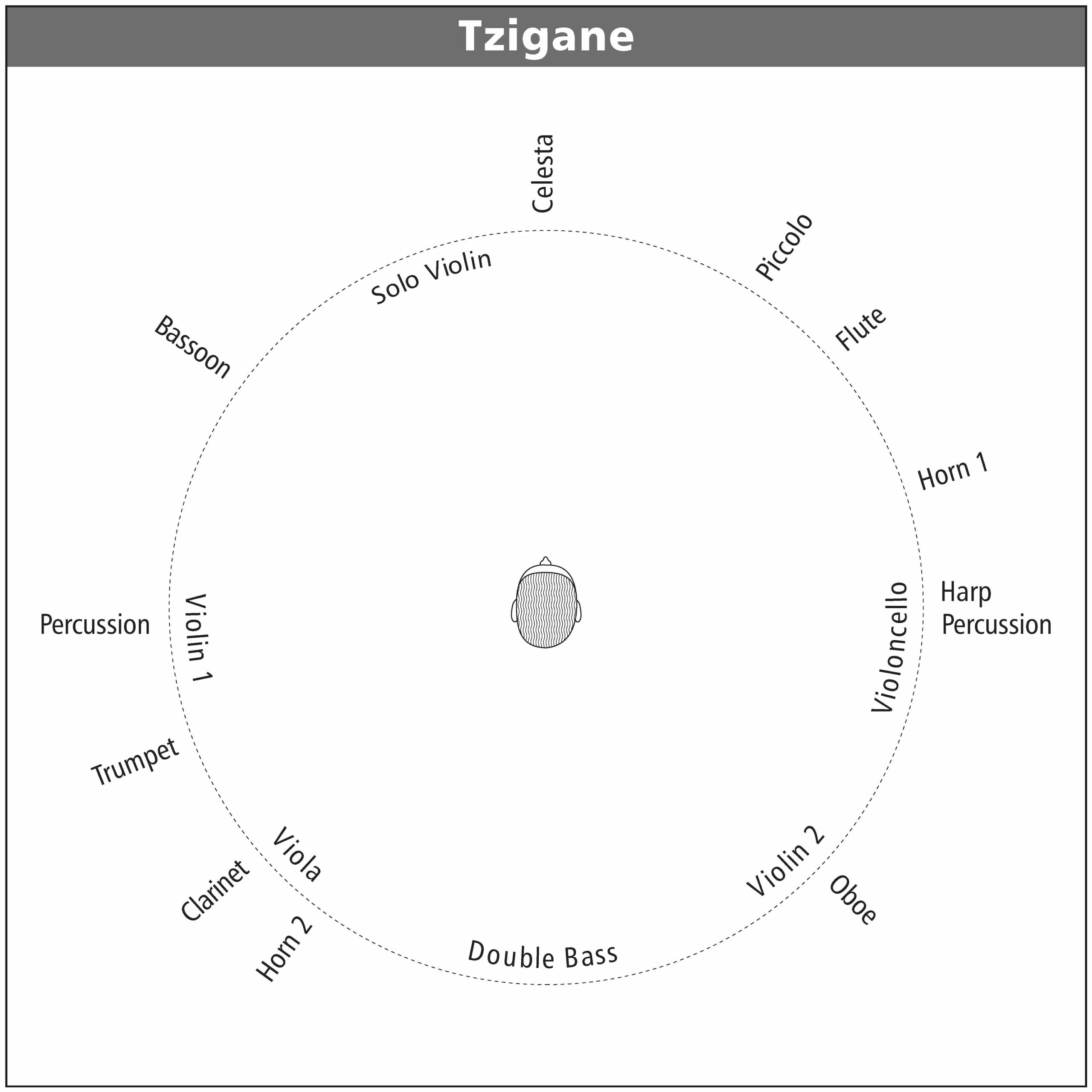
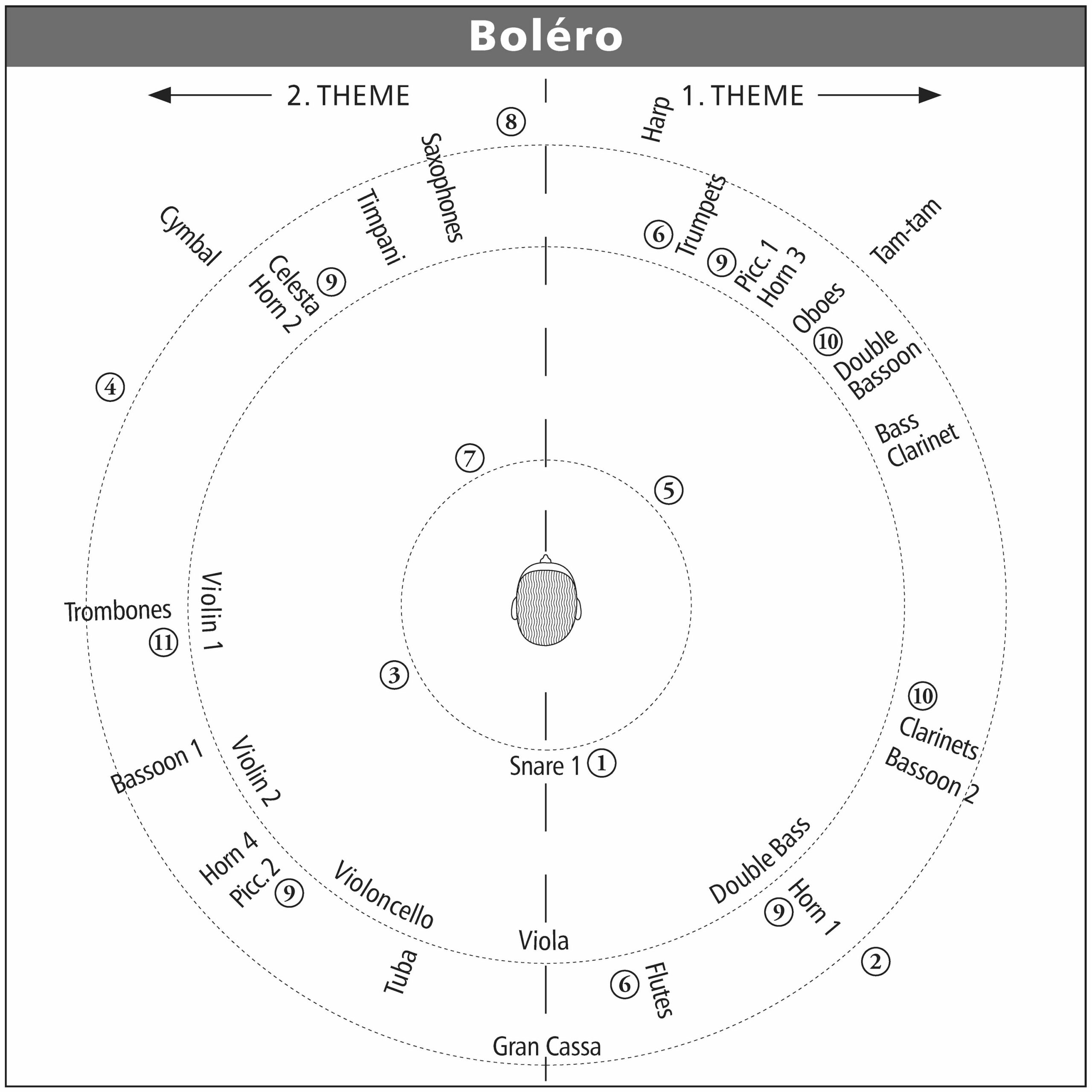
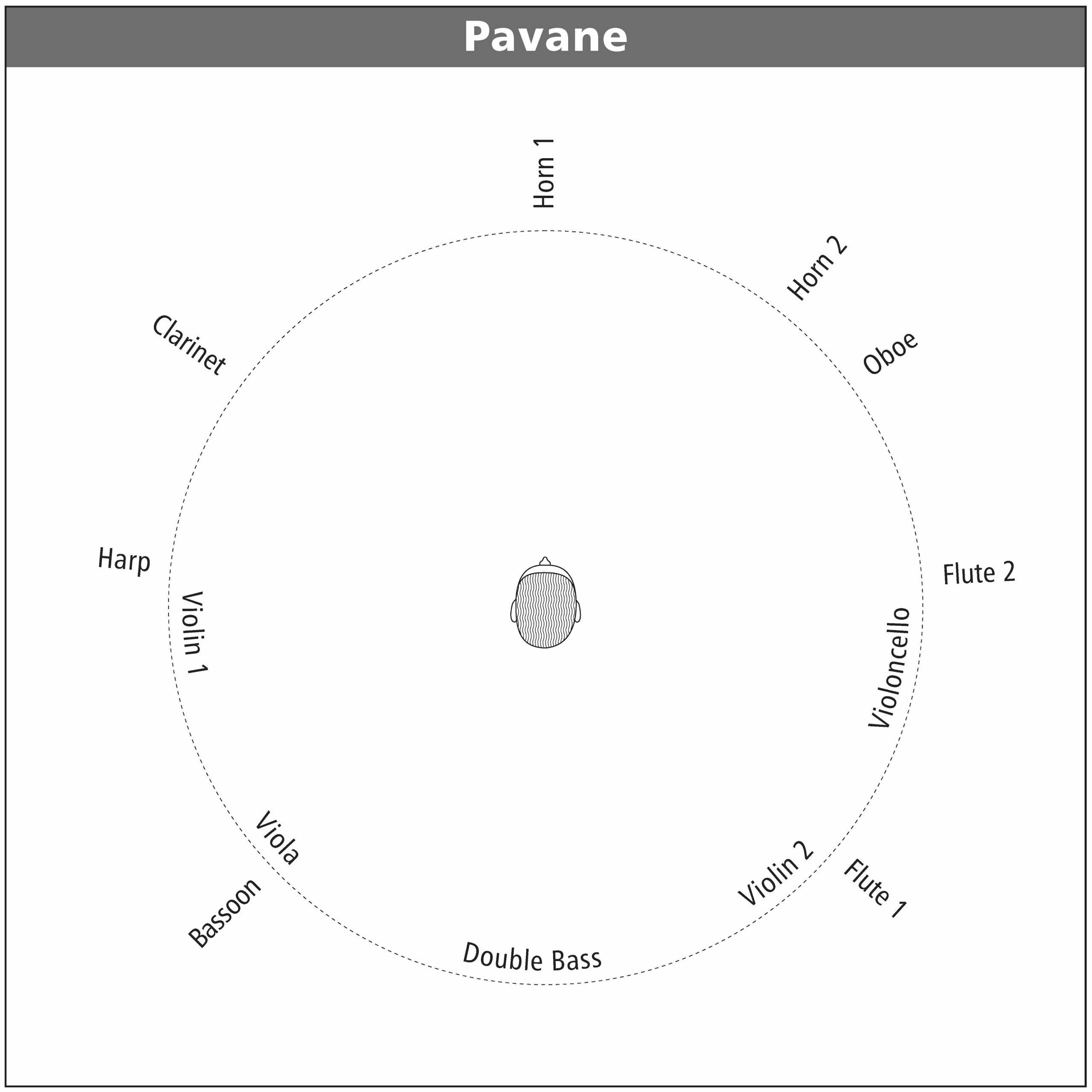
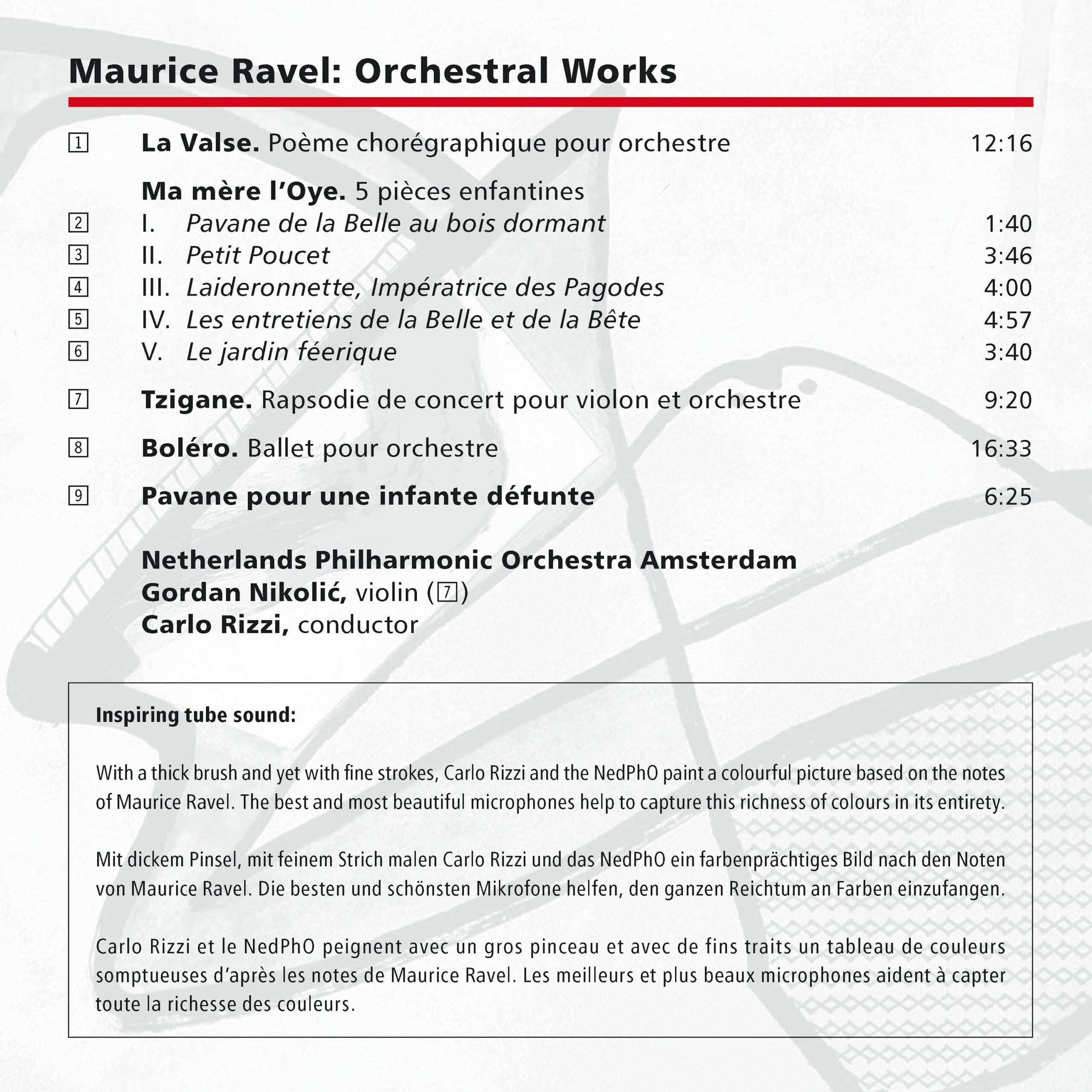
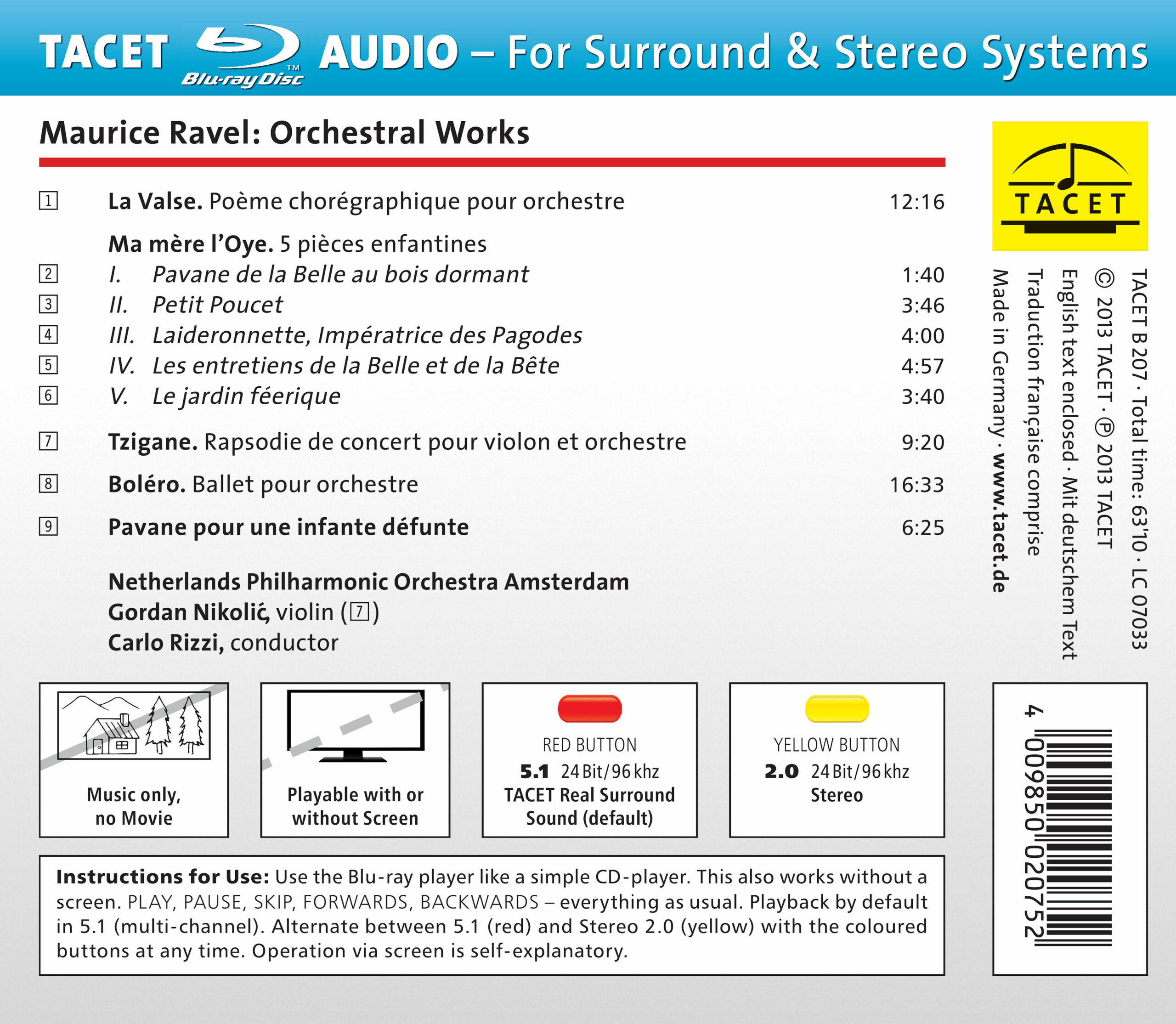
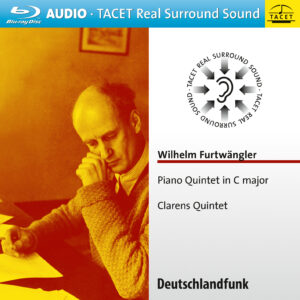
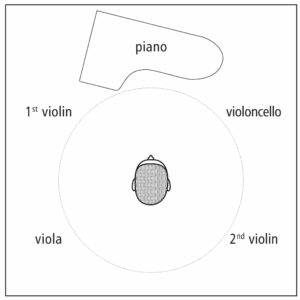
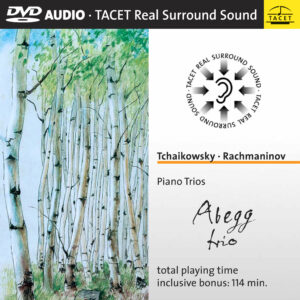
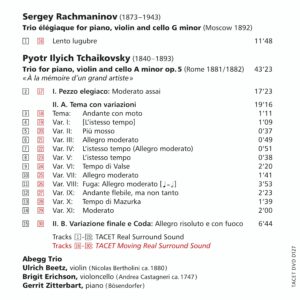
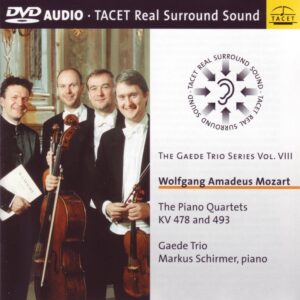
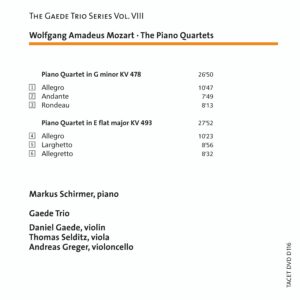
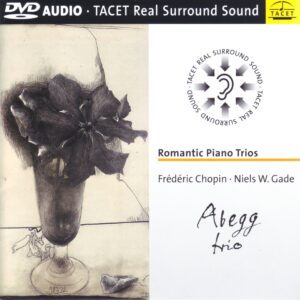
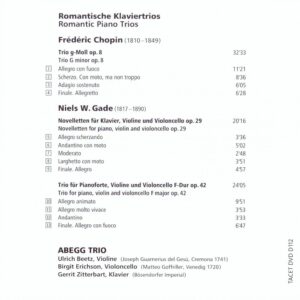
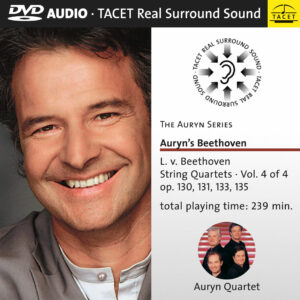

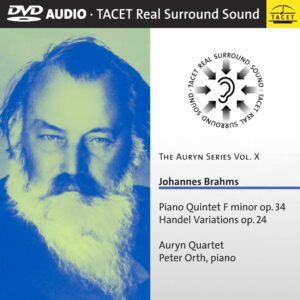
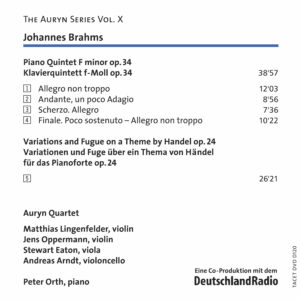
blu-ray definition –
--> original review
(…) Listening to well known orchestral works in an entirely new soundspace turned out to be a real revelation. The internal instrumental voices, often swamped in conventional recording arrangements were at once clearly heard and gave a new perspective on pieces that I have heard more times than I can readily recall. Comparing both standard two- and multichannel versions is a real luxury and the best news is that the Tacet classical catalog continues to grow. Looking forward to more such releases particularly when not only the audio values but the performance values are as high as they are here.
Lawrence D. Devoe
Fanfare Magazin –
--> original review
This Tacet recording could be considered the poster child for audiophiles. It is available in virtually every conceivable format, including CD, SACD, and Blu-ray audio in both stereo and surround sound. Boléro and La valse are also available on an LP (entitled oreloB) that plays backward on the turntable from inside to outside! Before you start laughing, there is actually a good sonic reason for this seemingly odd backward record. Both Boléro and La valse (like many other sound spectaculars) begin very softly and end loudly. Therefore the full orchestral climaxes at the end are harder to track by a stylus without inner groove distortion. This effect is mitigated when the loud, densely scored finales are on the outside of the record. The end result is stunning in this case.
Diese Blu-ray-Audio-Disc verfügt über das, was Tacet „Real Surround Sound“ und Stereo nennt. Mit „real“ meinen sie anscheinend, dass das Orchester den Hörer umgibt, anstatt sich normalerweise auf der Bühne zu befinden. Der Schwerpunkt liegt eindeutig auf dem Surround-Sound, da in den Programmnotizen Diagramme des Orchesters präsentiert werden, das die Mikrofonposition (Hörer) vollständig umgibt. Mit anderen Worten, es soll eine immersive Hörerfahrung sein, im Gegensatz zu einer realistischen. Die Stereo-Version stellt eine normale Konzertsaalaufstellung dar. Der Surround-Sound ist sicherlich nichts, was Sie im Konzertsaal hören werden, und Puristen werden zweifellos die Nase rümpfen. Wenn Sie möchten, können Sie die ausgezeichnet klingende konventionelle Stereo-Version hören.
The performances are certainly good enough to be eminently listenable, especially with sound like this, but there is absolutely nothing extraordinary about them. La valse is exciting, even specatacular, but there are none of the sinister and sensual aspects that are so important to this music. Similarly, the fragments from Ma mère l’oye lack the striking color and lushness of Ravel’s amazing orchestration. After hearing the gorgeous finale, my response was ho-hum! Carlo Rizzi’s tempo in Boléro is quite slow, and the sound certainly gives the impression of a powerful juggernaut.
This Blu-ray audio disc will probably be an audiophile’s delight with the middle of the road performances enhanced by sensational sound, especially in the stereo version. On a technical note, the disc is easy to play without requiring a TV monitor to access the program. All you have to do is press the red button on the remote for surround and the yellow button for stereo. All other functions work normally as usual.
Arthur Lintgen
© 2014 Fanfare
audiophile, Norway –
--> original review
(...) The sound on this release is in class of its own, making it one of the most interesting Ravel releases I've become acquainted with. Andreas Spreer`s radical surround mix takes in belly full circle with the orchestra placed around the microphones. For each work there is graphic illustration of where the instruments are located - a very valuable documentation which we also find on other TACET releases, and also on releases from 2L.
But it's not just surround mix that is excellent. A stunning dynamics characterize all the tracks, and is particularly useful at La Valse, where the opening scene is almost magical atmosphere.
This is a release that is highly recommended, and should be mandatory for both Ravel enthusiasts and for those who want an almost pioneering multi-channel publishing!
Karl Erik Sylthe
Sächsische Zeitung Dresden –
Right in the middle there instead of just
How can music be brought even closer to listeners? TACET is the German record company that most persistently experiments with all kinds of sound discs. In addition to stereo media CD and LP, the audiophile label offers SACD, DVD-Audio, and Blu-ray Audio with multichannel surround recordings. The Blu-ray is used on the home theater system and allows a choice between two-channel and six-channel versions. It has space for about two and a half hours of music. The screen shows only the tracklist, so it can remain dark. However, the music fills the room in an unprecedented way. Following Mozart with the wind serenade known as "Gran Partita" and Ravel including Bolero, Pavane, and Tzigane, TACET now presents the multi-award-winning cycle of Haydn's string quartets. The latest release includes the six masterpieces of Opus 76, including the so-called Emperor Quartet: The listener sits between the instruments, with the violins in front, viola and cello behind. Unless, of course, the listener turns around. Here, the customer is literally an emperor.
Jens Sommerschuh
Classical CD Choice –
--> original review
–> Original Review
This is an absolutely entrancing issue from TACET and will surely be essential listening for anyone who already has, or is considering investing in a multi-channel sound system. TACET’s approach to recording music in what they describe as ‘Real Surround Sound’ is to take advantage of the whole acoustic space available, and to enhance the listener’s musical experience by utilising the possibilities of current multi-channel technology (in this case 5.1) to the full. No attempt is made to re-create the illusion of sitting in a concert hall; instead the listener is placed at the centre of the performance. Andreas Spreer explains his recording philosophy in some detail in the booklet notes and though purists might frown at his ideas, I can truthfully say that I found the results entirely convincing. The majority of TACET’s earlier releases are of chamber music or music from the classical or baroque eras, but with this latest issue we move into the 20th century with a programme of orchestral works from that consummate master of orchestration Maurice Ravel, and the results are stunning. Carlo Rizzi, perhaps more well known in the UK for his fine conducting of opera, elicits sensitive playing from the excellent Netherlands Philharmonic Orchestra in each of the works on this SACD. His fleet and insouciant account of ‘La Valse’, full of Gallic elegance and wit, is especially gratifying and typical of his fastidious yet fresh approach to this familiar music. The fragile delicacy of works such as the suite from ‘Ma mère L’Oye’ benefit from Rizzi’s subtly nuanced approach, and here, as throughout the disc, the recorded sound has a lovely openness and clarity. Ravel’s evocation of bird song in ‘Petit Poucet’ emerges strikingly with extra vividness in surround as does the terrifying double bassoon that represents the beast in ‘Les entretiens de la Belle et de la Bête’. Only in ‘Tzigane’ did I feel that the soloist was rather too close to the microphone, but when this fearsome piece with its double-stopping, crystalline harmonics and coruscating arpeggios is delivered with such panache by the versatile Gordan Nikolic one has little cause for complaint. The comprehensive booklet notes that accompany the SACD illustrate the different instrumental layouts for each of the five works, so success in realisation of Andreas Spreer’s visual representations will be determined by one’s own system and domestic surroundings. Careful adjustment of levels and speaker positioning will be rewarded with some of the most marvellous sound I have heard from a multi-channel SACD. Were this just a normal stereo SACD I would happily recommend it both for its musical worth and fine sound quality, but in ‘Real Surround Sound’ it is unmissable.
Graham Williams